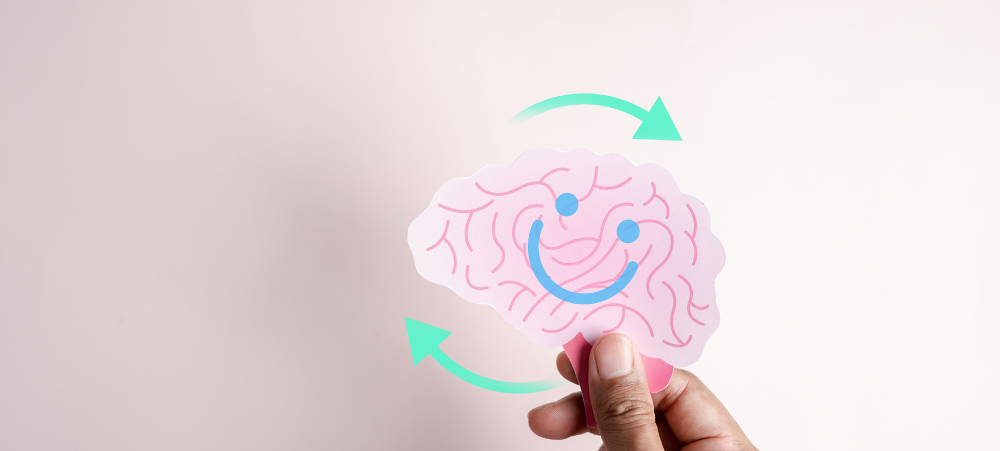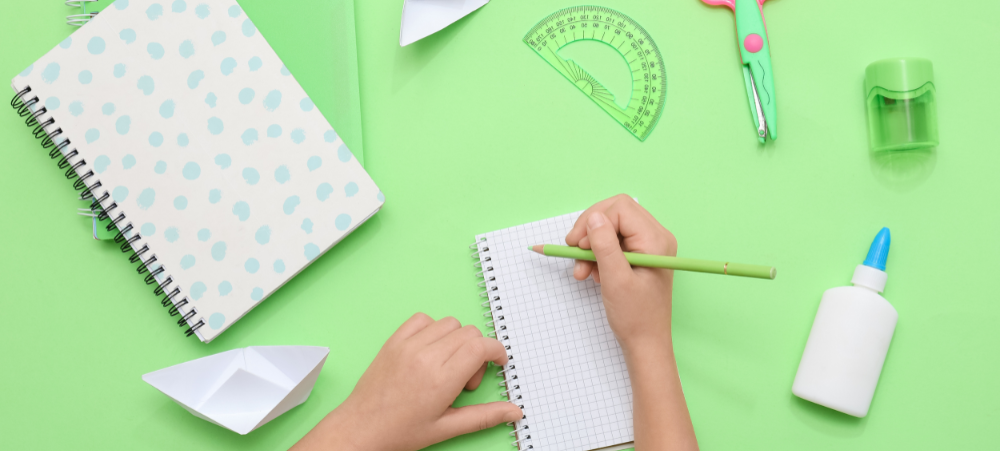I first heard about a mid-year slump a few years ago from a distant relative. At the time, I couldn’t relate to her thoughts, but over time I have seen the realities of a mid-year slump. The midyear slump is a phenomenon many students and educators are familiar with. After the initial excitement and energy of a new academic year wear off, students often find themselves in a lull, struggling with motivation and performance. This period typically occurs midway through the school year and can significantly impact students’ academic progress and overall well-being. This article explores the causes, consequences, and strategies for overcoming the midyear slump in school students. Understanding the Midyear Slump The midyear slump refers to a decline in students’ academic performance, motivation, and engagement that occurs in the middle of the school year. Several factors contribute to this phenomenon: Fatigue and Burnout: By the midyear point, students have been engaged in schoolwork for several months, leading to mental and physical fatigue. The cumulative stress from assignments, tests, and extracurricular activities can result in burnout. Monotony and Routine: The novelty of the new school year has faded, and students may find themselves stuck in a repetitive routine. The lack of new and stimulating experiences can lead to boredom and disengagement. Weather and Seasonal Affective Disorder (SAD): Although an uncommon phenomenon in South Africa, the cold winters, shorter days and less sunlight can contribute to Seasonal Affective Disorder (SAD). Symptoms of SAD include fatigue, depression, and difficulty concentrating, which can exacerbate the midyear slump. Academic Pressure: The pressure to perform well academically can intensify as midyear exams and assignments approach. Students may feel overwhelmed by the workload and anxious about their grades. Lack of Clear Goals: At the beginning of the school year, students often set goals and have a clear sense of direction. By midyear, some of these goals may have been achieved, abandoned, or forgotten, leaving students without a clear purpose. Consequences of the Midyear Slump The midyear slump can have several negative consequences for students: Decline in Academic Performance: Decreased motivation and engagement often result in lower grades and incomplete assignments. Students may struggle to keep up with the curriculum, leading to gaps in knowledge and understanding. Increased Absenteeism: Students experiencing the midyear slump may be more likely to miss school, either due to illness or a lack of motivation. Increased absenteeism can further exacerbate academic difficulties. Lowered Self-Esteem: Struggling academically and feeling unmotivated can negatively impact students’ self-esteem. They may begin to doubt their abilities and lose confidence in their academic potential. Behavioural Issues: Frustration and disengagement can lead to behavioural problems in the classroom. Students may become disruptive, inattentive, or disengaged, affecting the learning environment for themselves and their peers. Emotional and Mental Health Issues: The midyear slump can contribute to feelings of stress, anxiety, and depression. Students may feel overwhelmed and struggle to cope with the demands of school, impacting their overall well-being. Strategies for Overcoming the Midyear Slump Addressing the midyear slump requires a multifaceted approach involving students, educators, and parents. Here are some effective strategies to combat this phenomenon: Setting New Goals: Encourage students to set new, achievable goals for the remainder of the school year. These goals can provide a sense of direction and purpose, reigniting motivation and engagement. Introducing Variety and Novelty: Incorporate new and stimulating activities into the curriculum to break the monotony. This could include hands-on projects, field trips, guest speakers, or interdisciplinary lessons that capture students’ interest. Promoting Self-Care and Wellness: Educate students about the importance of self-care and mental health. Encourage regular physical activity, healthy eating, sufficient sleep, and mindfulness practices to combat fatigue and stress. Building a Supportive Environment: Foster a positive and supportive classroom environment where students feel valued and understood. Provide opportunities for peer collaboration and offer encouragement and constructive feedback. Effective Time Management: Teach students effective time management skills to help them balance academic and extracurricular commitments. Encourage the use of planners, to-do lists, and prioritization techniques to manage their workload. Parental Involvement: Engage parents in supporting their children through the midyear slump. Regular communication between parents and teachers can help identify issues early and provide a network of support for the student. Regular Check-Ins and Feedback: Implement regular check-ins with students to monitor their progress and well-being. Provide timely and constructive feedback on their work, and offer additional support or resources as needed. Encouraging Extracurricular Activities: Encourage students to participate in extracurricular activities that interest them. These activities can provide a sense of accomplishment and enjoyment, balancing the academic pressures. Professional Development for Educators: Provide professional development opportunities for educators to learn strategies for supporting students through the midyear slump. Training in areas such as mental health awareness, differentiated instruction, and student engagement can be beneficial. Conclusion The midyear slump is a common challenge that affects many students, but it is not insurmountable. By understanding the causes and consequences of this phenomenon, and by implementing effective strategies, students, educators, and parents can work together to overcome it. Addressing the midyear slump requires a holistic approach that considers students’ academic, emotional, and physical well-being. With the right support and interventions, students can regain their motivation, improve their performance, and successfully navigate the remainder of the school year.

































